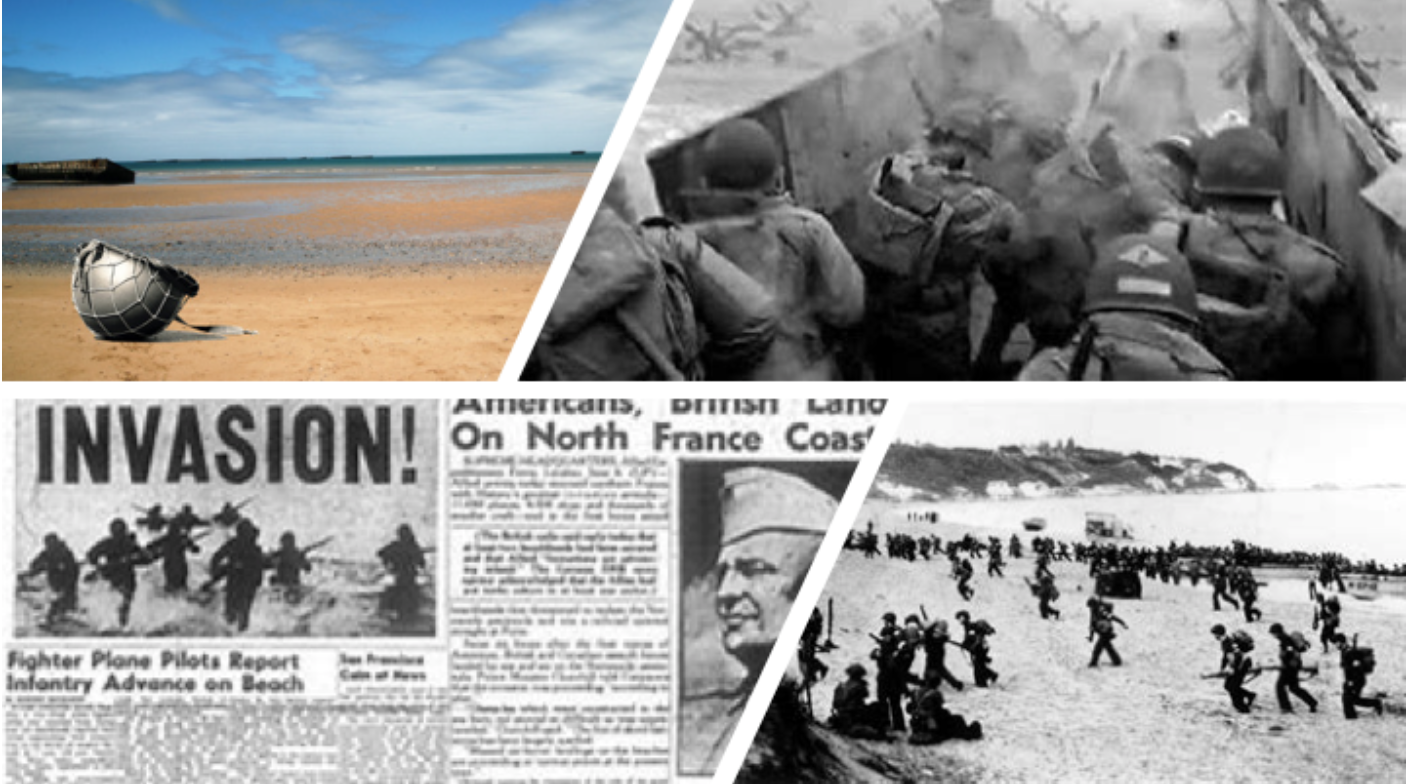|
Synopsis: Planning for D-Day commenced two years before the invasion and the plans were obsolete mere minutes after it began. Investors can learn a few lessons from the beaches of Normandy about the value of planning, practice and people. It was, he thought, a thoroughly lousy day for going to the beach. Despite the calendar, an unseasonal June storm had rolled in and temperatures in the early dawn hours were more fit for sleeping in next to a roaring fire. Instead he was wallowing in a flat-bottomed boat against a flooding tide, trying desperately to keep his breakfast somewhere south of his mouth. Another boat with a similar build crossed their wake and came up astern. “I say, can you tell us the way to Pont Du Hoc?” Someone pointed to the south and the Englishman tipped his cap and revved his motor. Everyone shook their heads. How could the English be lost this close to home? It didn’t bode well. They were close in, and he recorded the fact that Germans were defending the beach and shooting at him, heck shooting at whatever moved. It was not the kind of fire he had found himself wanting. It was yet another factor making it a lousy day for the beach. “Go, go, go!” The ramp was down now, and they were all shuffling forward toward the rolling surf and sand. Someone had just vomited on his boots, so he figured anywhere was better than the boat. He instantly knew he was wrong when the world went black. Alive, he thought. He had to be alive because his lungs were screaming at him to breathe, but his brain refused, knowing that since his eyes only saw black and his skin was wet, that he was underwater. He inflated his ‘May West’ life preserver and bobbed to the surface, gulping air and water in equal amounts. “Help!” he spluttered, but the weight of his equipment dragged him under again. He swore, dropped his M-1 rifle, pulled out the knife from his web belt and sawed off his backpack and anything else he felt dragging at him until he could swim. To the bottom of the Channel went his wireless radio set and mess kit. He surfed in on one of the breakers and hit the beach face first. With no equipment and a mouth full of sand he pulled himself onto the Omaha Beach. Welcome to France, he thought, now dodging the machine gun fire raking the landing area. He ran, fell, scrambled and finally came to rest where the beach ended, and the sloping seawall began. There were other men there, most in shock. “Now what?” someone asked no one in particular. There was no organization, no chain of command. There was nowhere to go. “Forward! We can’t stay on the beach.” He looked around, realized he had said it and so was expected to be the first to move. He grabbed a weapon from someone who had been hit and set off. It wasn’t exactly how he’d pictured landing in Normandy, but there was nothing else to do. And he wasn’t alone in his confusion, his fear or his ability to overcome both and move forward to secure the beachhead. On June 6th, 1944, Operation Overlord, the Allied invasion of Normandy, began with C47 Dakotas taking to the sky in massive ‘V’ formations to carry the 101st and 82nd airborne divisions over the English Channel to landing zones behind German lines. Many pilots became disoriented during night time evasive maneuvers as anti-aircraft fire erupted from the German coastal batteries. Airborne troops became scattered all over the French countryside, often miles from their intended drop zones. Likewise, faced with heavier than expected artillery and mortar fire, landing craft dropped their troops off target and occasionally in water over their heads. ‘He” from our story could have been one of hundreds dumped into deep water and forced to fight for their lives without equipment, radios or weapons on Omaha Beach. To say the least, it was an inauspicious beginning to the Day of Days and the largest amphibious assault the world has ever seen. Yet, in the end, small unit tactics and individual ingenuity carried them through to victory. Here are three lessons from D-Day that investors can use to keep their plans on track to reach their own objectives.
Photo: Bing.com, Free to share and use
Links & Sources:
1 Comment
|
Don't wait for history to happen...Archives
November 2020
Categories
All
|


 RSS Feed
RSS Feed